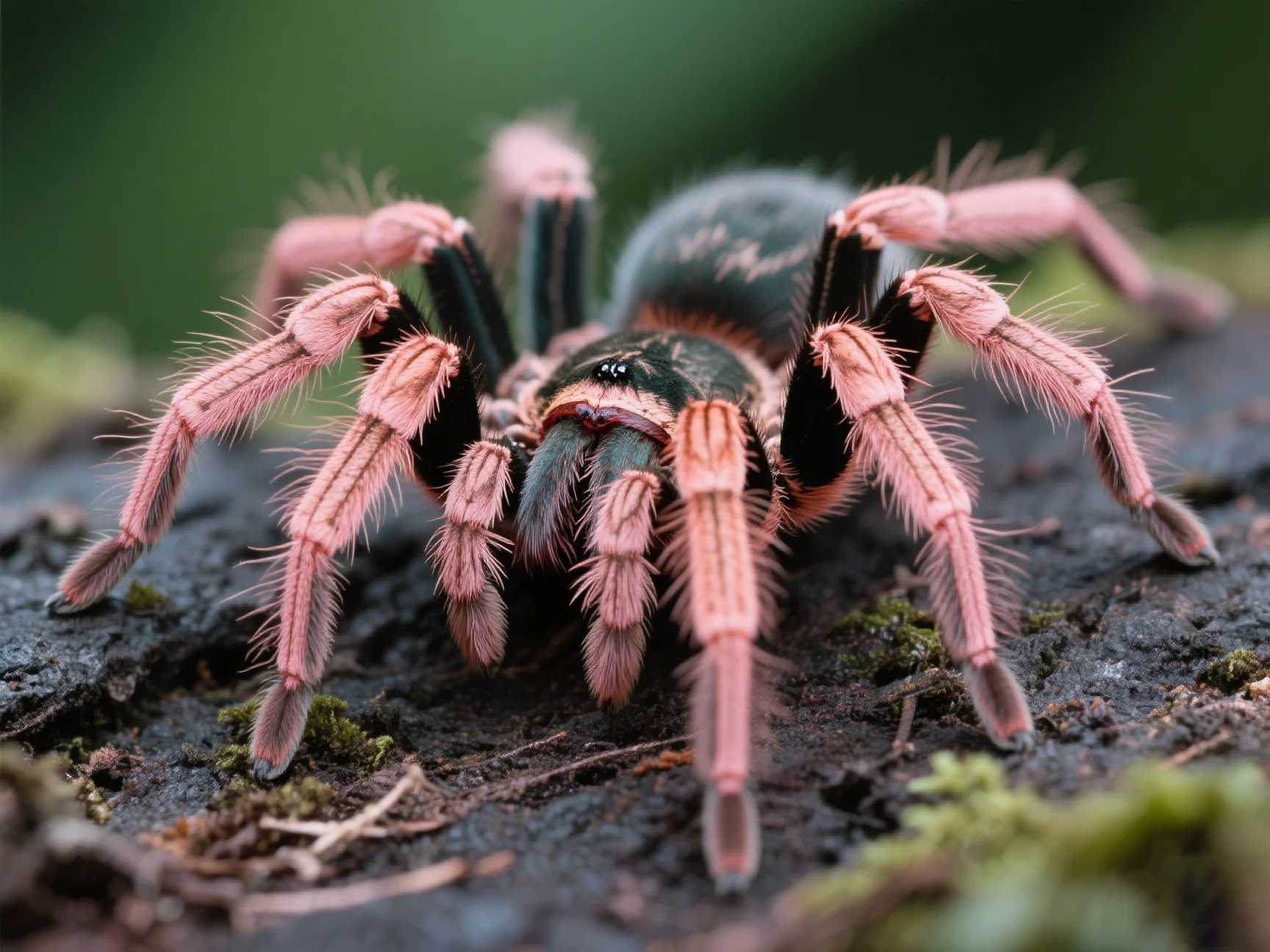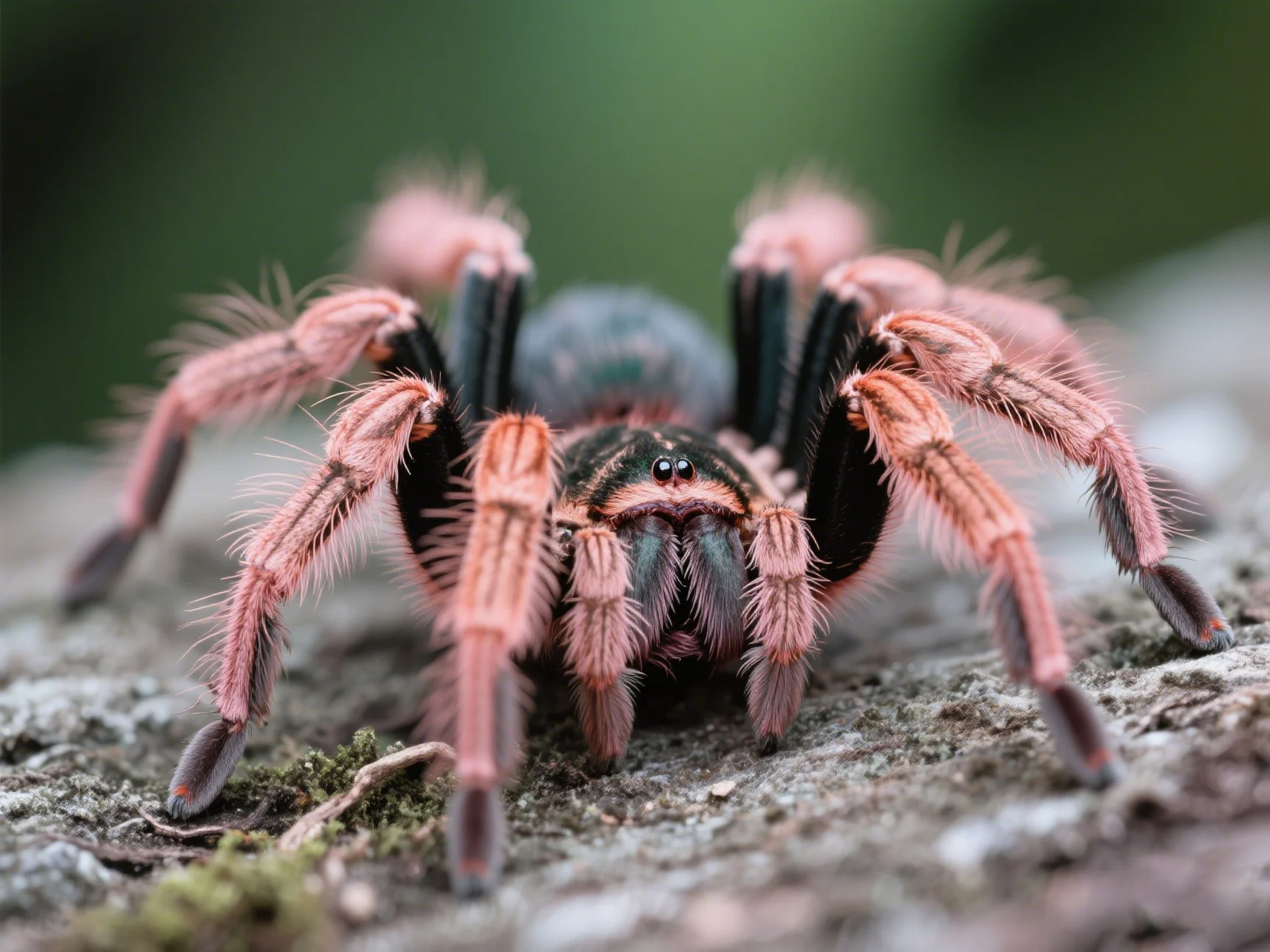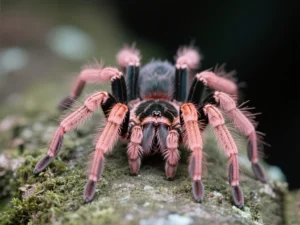
Tarantula Behavior
How aggressive are pink toe tarantulas?
The term “Pinktoe Tarantula” most commonly refers to species within the *Avicularia* genus, or closely related genera like *Caribena* (which includes the Antilles pinktoe, *C. versicolor*) and *Ybyrapora*. Generally speaking, these tarantulas are renowned for their **low level of aggression** and are considered among the most docile groups in the tarantula hobby.
General Temperament
Pinktoe tarantulas (*Avicularia*, *Caribena*, etc.) are typically characterized by:
- Docility:** They are not prone to unprovoked aggression. Threat postures are rare.
- Skittishness:** They are often nervous and quick to flee when disturbed. Speed is their primary defense.
- Reluctance to Bite:** Biting is uncommon and usually a last resort when they feel trapped and threatened.
This calm nature makes them popular choices, particularly the common Pinktoe (*Avicularia avicularia*) and the Antilles Pinktoe (*Caribena versicolor*), for keepers looking for less defensive species.

Defensive Behaviors
Instead of aggression, pinktoes rely on other defensive tactics:
- Running/Bolting:** Their first instinct is almost always to escape rapidly. Their arboreal nature makes them adept climbers and jumpers.
- Fecal Projection:** Many *Avicularia* and *Caribena* species possess the unique ability to accurately shoot a stream of liquid feces when threatened. While startling, it’s harmless.
- Urticating Hairs (Less Common/Potent):** Some *Avicularia* species possess Type II urticating hairs, which are not typically flicked like those of terrestrial New World tarantulas but are embedded in silk or transferred by direct contact. They are generally considered less irritating than the hairs of *Brachypelma* or *Theraphosa*. *Caribena versicolor* is not known for problematic urticating hairs.
Understanding these [Antilles pinktoe defensive mechanisms](https://www.lopehare.com/tarantula-training-tips/) helps interpret their behavior correctly.
Aggression vs. Defense
It’s important to distinguish between aggression (unprovoked attack) and defense (reacting to a perceived threat). Pinktoe tarantulas are highly defensive (meaning they react strongly to perceived threats, usually by fleeing) but show very little true aggression. They don’t typically “attack” but rather try to escape or deter.
Individual Variation: While the group is known for docility, individual tarantulas can have slightly different temperaments. However, an overtly “aggressive” pinktoe is highly unusual.
Comparison to Other Species
Compared to many other popular tarantulas:
- New World Terrestrials (e.g., *Brachypelma*, *Grammostola*):** Pinktoes are generally less likely to flick hairs (or have less irritating hairs) but are typically much faster and more prone to bolting.
- Old World Tarantulas (e.g., *Poecilotheria*, *Pterinochilus*):** Pinktoes are vastly less aggressive and possess much milder venom. Old World species are known for their speed, defensiveness, potential aggression, and medically significant venom, making them unsuitable for beginners.
In conclusion, pinktoe tarantulas, including the Antilles pinktoe, are characterized by their **low aggression levels**. Their primary response to threats is escape, making them one of the least “aggressive” groups of tarantulas available in the pet trade.
Temperament generalizations based on widely accepted knowledge within the tarantula keeping community and resources like the Arachnoboards forums.
